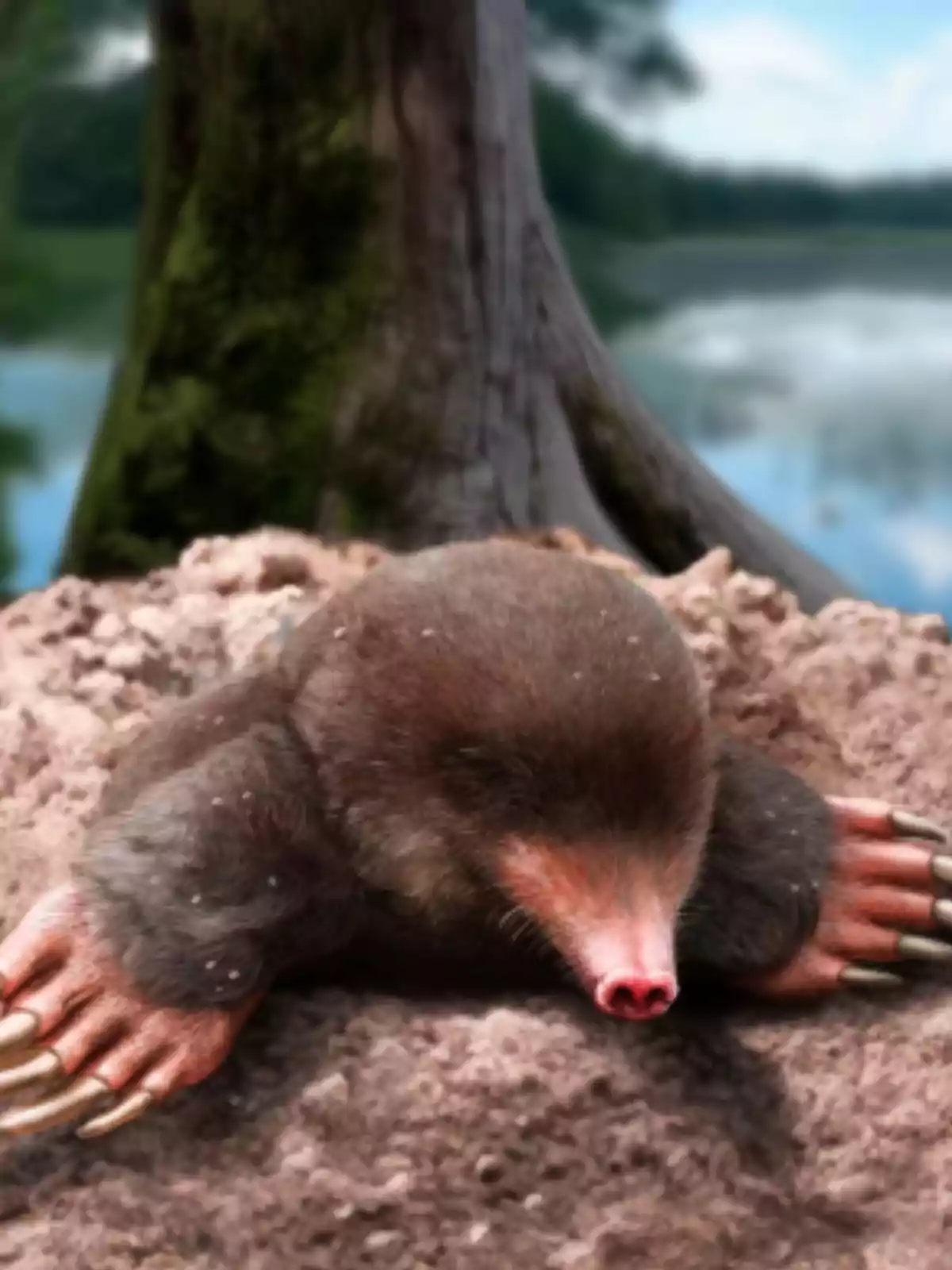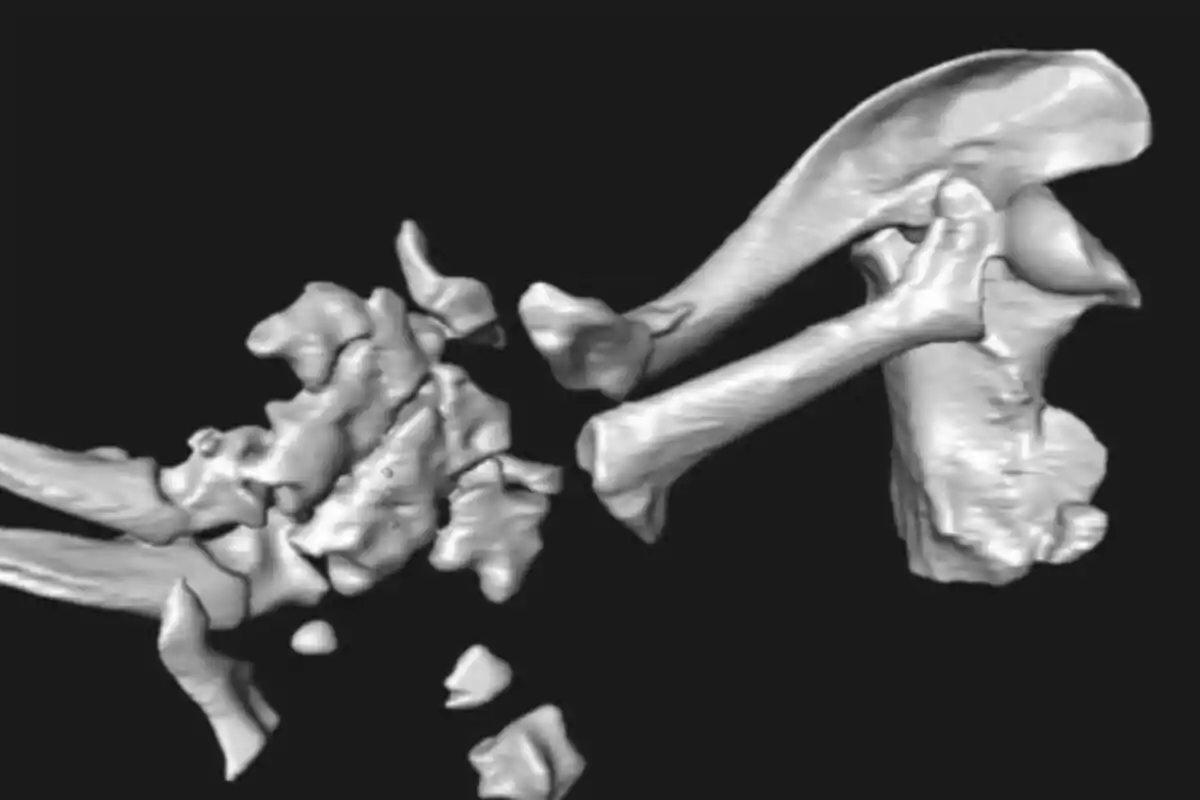Sometimes, major discoveries don't happen in state-of-the-art laboratories or under powerful microscopes. Many times, they emerge from the ground, where history waits to be unearthed. This time, Spain has become the epicenter of a revelation that intrigues the international scientific community.
It's not common for something found in a corner of the country to cause such a stir. However, science has confirmed that we are facing a find as rare as it is revealing. The surprise lies not only in what was discovered, but in what it means for our understanding of the past.

A fossil gem among the sediments
A group made up of researchers from the Catalan Institute of Human Paleoecology and Social Evolution and the Autonomous University of Barcelona (UAB). In addition, the Catalan Institute of Paleontology Miquel Crusafont (ICP-CERCA) has made a major discovery. They have unearthed an exceptional fossil at the Camp dels Ninots site in Girona.
It's the Vulcanoscaptor ninoti, a prehistoric mole unique in Europe. Its skeleton is the most complete ever found of its kind on this continent: the fossil preserves jaw, teeth, vertebrae, and limbs with great precision. "It's rare to find something so well preserved," the scientists point out.
Thanks to computed microtomography, they managed to reconstruct its structure without causing damage. This discovery was published in the journal Scientific Reports, from the Nature group. The anatomical precision has revealed unknown details about its digging ability, but that's not the most surprising part.

A relative with an American passport
Vulcanoscaptor is related to the Scalopini, moles that today only live in North America and parts of Asia. How did one reach Girona more than three million years ago? The hypothesis points to intercontinental migrations not documented until now.
"The phylogenetic analysis confirms its relationship with species from the other side of the Atlantic," explained Dr. Marc Furió. This suggests a much more complex and dynamic evolution. The find forces us to rewrite part of the biogeographical history of mammals.
Its robust humerus and specialized phalanges indicate a tremendous ability to dig. It could also have been a good swimmer. "Its position in the sediments suggests aquatic movement," notes Adriana Linares from IPHES.
A site that keeps surprising
Camp dels Ninots, inside a volcanic crater, is already a global reference. Since 2003, it has revealed remains of tapirs, birds, fish, and now, this exceptional mole. In 2015, it was declared a Cultural Asset of National Interest for its scientific value.
"Each find here is a piece of the puzzle of evolution," says Gerard Campeny, co-director of the project. This latest find, without a doubt, fits strongly. It changes what we knew, and opens new questions about our past.

